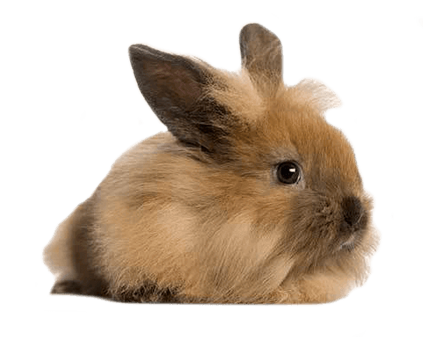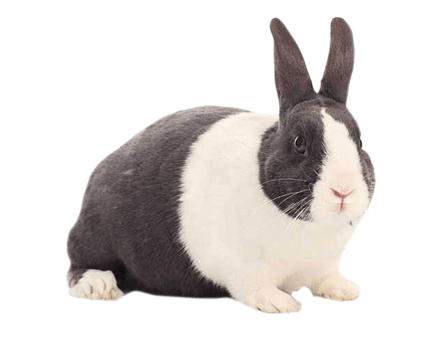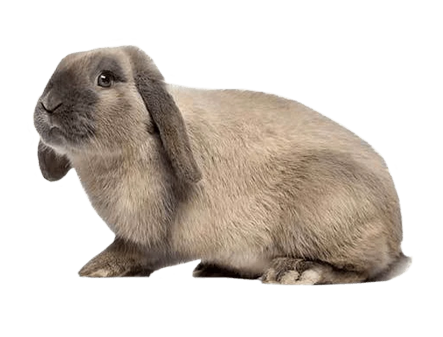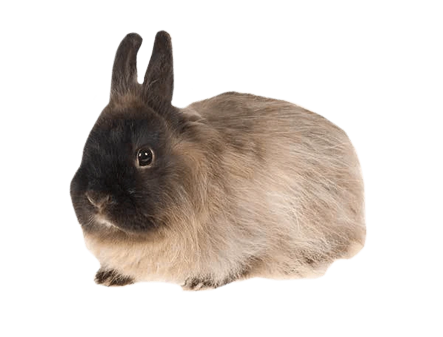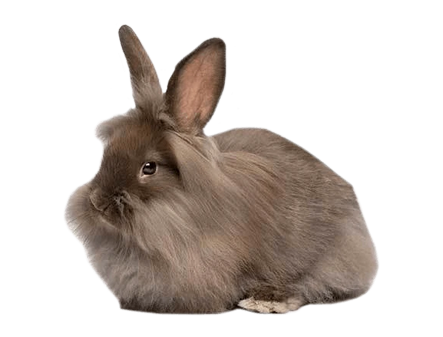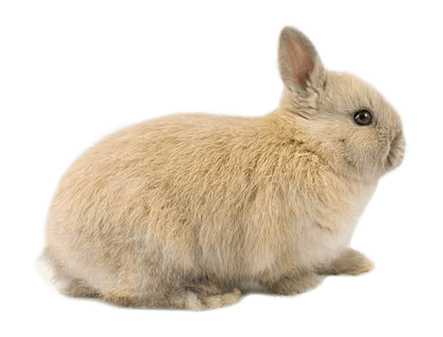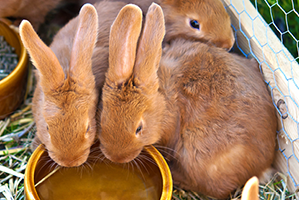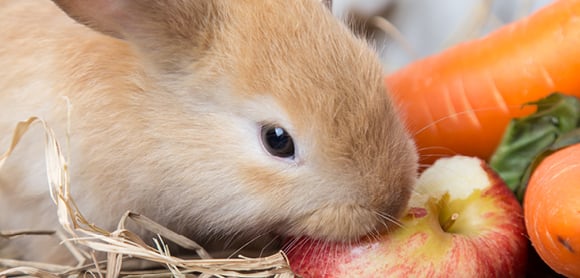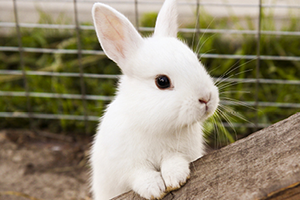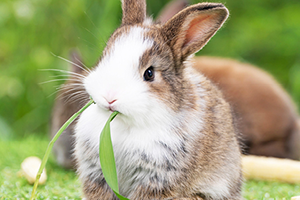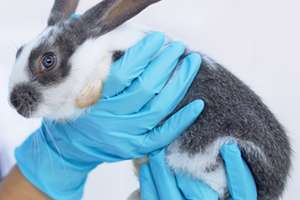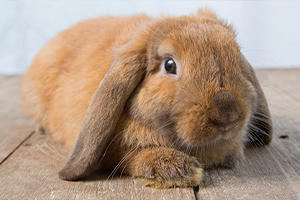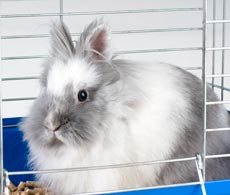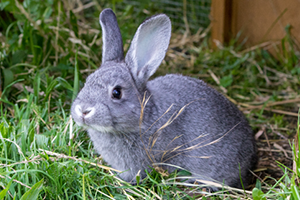The ultimate guide to healthy rabbits

Quick Links
Provide plenty of space
The Rabbit Welfare Association & Fund (RWAF) saying is, ‘a hutch is not enough’ – and that refers to every aspect of your rabbits’ care. By providing a permanent run of at least 2m x 3m (6ft x 10ft), with a height of at least 60cm (24in), you’ll be giving your bunnies the opportunity to rear up, jump, and ‘periscope’ upwards.
All of these activities help to stretch the muscles in your bunnies’ backs, preventing aches and pains and even spinal damage. A spacious permanent enclosure also allows your rabbits to be alert and active at both dusk and dawn, which is how they would naturally behave in the wild.
Throw away the feeding bowl
Let your rabbits forage for their food, like they would in the wild. Give your bunnies their pellets in a feeding ball that can be nosed around on the ground. Greens can be chopped up and hidden inside clean plant pots, or pegged to the top of the enclosure so that your rabbits have to reach up to eat it.
Also, hay can be presented in lots of exciting ways – stuff it into an unused hanging basket attached securely to the roof of the enclosure, or pack it into wicker tunnels, cardboard tubes, or cardboard boxes with a hole at each end.
Build an obstacle course
In good company
A rabbit on its own can become anxious and depressed. In the wild, rabbits live in warrens with hundreds of other rabbits, so needless to say they love company. Ideally, pet rabbits should live in pairs or groups – the best combination being a neutered male with a spayed female.
Pairing two rabbits together to form a bond isn’t always instant. You will need to take the time to carefully and gradually get them used to each other, which can sometimes take as long as a couple of months. But once a bond between two rabbits has been established, they become inseparable – grooming each other, eating together, and sleeping side-by-side.
Feed them a healthy diet
Grass and hay make up the most important part of a rabbit’s diet and should comprise between 80 and 90% of it. Rabbits can also be given a handful of leafy vegetables daily – all washed beforehand – which can include parsley, sprouts and celery leaves.
Pellets should only make up around 5% of your rabbits’ diet. The benefit of pellets, as opposed to a mixed kibble, is the rabbits have to take in the correct amount of calcium with every bite. With mixed kibble, they eat out what they want and leave the calcium pellets. This can significantly affect their dental alignment.
Allow your rabbits to munch on plenty of grass when they’re out in the garden, too. They may also take to herbs, such as basil and coriander, and will happily eat weeds from your garden, such as nettle and clover. Be aware, however, of common plants such as foxglove, poppies and rhubarb, which are extremely poisonous and should be kept away from your bunnies.
Also ensure you don’t feed them too many fruits and vegetables, which are high in sugar and can give them an upset stomach. Save these for the occasional treat instead.
Keep vaccinations up to date
Regular check ups
Regularly check that your bunny has a clean and dry nose, ears, tail and bottom, and look out for any snuffles or patches of red, sore skin that may indicate a problem.
Keep an eye on your bunny’s weight through body condition scoring to help prevent any health problems from being underweight or from excess weight.
Explore rabbit breeds
Petplan is a trading name of Pet Plan Limited (Registered in England No. 1282939) and Allianz Insurance plc (Registered in England No. 84638), Registered office: 57 Ladymead, Guildford, Surrey GU1 1DB.
Pet Plan Limited is authorised and regulated by the Financial Conduct Authority. Financial Services Register No. 311969. Allianz Insurance plc is authorised by the Prudential Regulation Authority and regulated by the Financial Conduct Authority and the Prudential Regulation Authority. Financial Services Register No. 121849. Pet Plan Limited is a subsidiary of Allianz Insurance plc.

